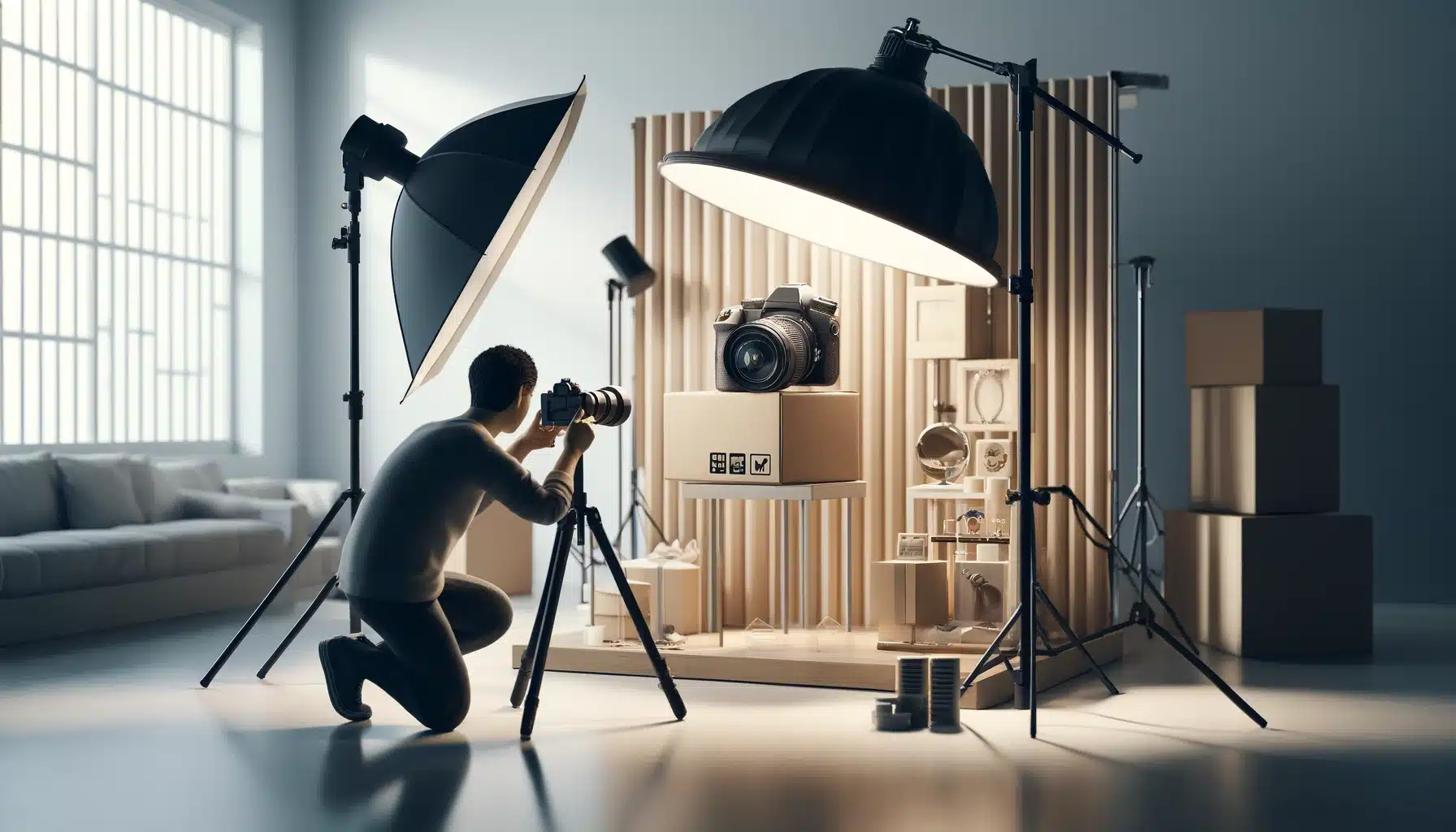20Shift: Your Daily Dose of Insight
Stay updated with the latest trends and news across various domains.
Snap It Like You Mean It
Capture life's moments like a pro! Discover photography tips and tricks that transform your snapshots into stunning visuals.
10 Tips to Capture Stunning Photos Every Time
Capturing stunning photos every time requires a mix of understanding your equipment, mastering composition, and being aware of light conditions. Start by familiarizing yourself with your camera settings; knowing how to adjust exposure, ISO, and aperture can drastically improve your results. Tip 1: Explore the different modes on your camera, whether it’s manual, aperture priority, or shutter priority, to find what works best for your shooting style. Tip 2: Always consider the composition of your shot. Use the rule of thirds to create a more engaging image; by placing the key elements along these imaginary lines, you’re sure to draw the viewer's eye.
Lighting can make or break your photos. Tip 3: Try to shoot during the golden hours—shortly after sunrise and before sunset—when natural light casts soft, warm tones. Avoid harsh midday sunlight that can create unwanted shadows. Tip 4: Experiment with different angles and perspectives; sometimes, a simple change in your position can transform an ordinary shot into an extraordinary one. Tip 5: Finally, remember to keep your lens clean and check for any smudges before you start shooting—nothing ruins a stunning scene like a dirty lens!

The Best Camera Settings for Perfect Snapshots
Capturing the perfect snapshot requires not only an eye for composition but also the right camera settings. Start by setting your camera to manual mode to gain full control over the exposure triangle: aperture, shutter speed, and ISO. For outdoor photography, consider using a wider aperture (such as f/4 or f/5.6) to create a shallow depth of field, which will beautifully blur the background and draw attention to your subject. Adjust your shutter speed to be fast enough (1/250s or faster) to freeze motion, especially in dynamic scenes.
Don't forget about your ISO settings, as they play a critical role in managing light sensitivity. On a sunny day, keep your ISO low (around 100-200) to minimize noise, while on cloudy days or in dimmer environments, you might need to increase it to 400 or higher. Additionally, utilizing the correct white balance setting ensures colors are accurately represented in your snapshots. Experiment with these settings, taking a few test shots, and review them to determine what works best for your scene and lighting conditions.
How to Choose the Right Lighting for Your Photography
Choosing the right lighting for your photography is essential to achieving stunning images that captivate your audience. Start by considering the three primary types of light: natural light, artificial light, and mixed lighting. Natural light provides a soft, diffused quality, ideal for outdoor photography during the golden hour—shortly after sunrise or before sunset. In contrast, artificial lighting, such as flash or continuous lights, offers more control and consistency, making it perfect for studio settings or low-light situations. To help guide your decision, consider factors such as the subject matter, desired mood, and location.
Once you've selected the type of lighting, it's crucial to understand its impact on your composition. For example, harsh direct light can create unflattering shadows and highlights, whereas soft light helps to smooth out features, enhancing detail and texture. Consider using diffusers or reflectors to manipulate the quality of your light. Additionally, experiment with the direction of the light source—front lighting, side lighting, and backlighting all create different effects. By thoughtfully choosing your lighting setup, you will elevate your photography and bring your creative vision to life.